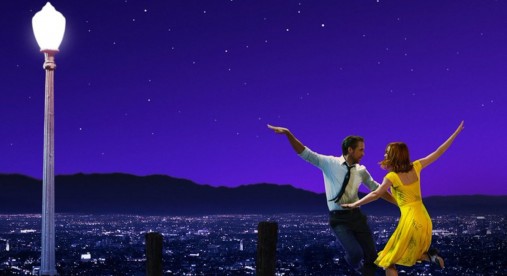I left my phone in the car today. I saw La La Land without it, and sure, I wouldn’t have pulled my phone out during the movie, but halfway down the escalators, after the “That felt like something from the fifties,” and the “When was the last time someone tap-danced in a movie?” I would have checked the time—a lull in conversation, anyway—and yes, yes, the sincerity was important, and the poignancy was beautiful, and Joyce wants to revise the bulletin, and I need to RSVP for that New Year’s party, and this new match on Bumble isn’t pretty enough to make up for how boring she sounds, and I can’t smile naturally in a single goddamn photo to save my dating life, and I’m boring, too, aren’t I?
Instead, I lingered with La La Land. The long-take musical survived the first conversational lull, and then another. By the time we reached the lobby, appreciation for the bright, primary colors, close-ups, and hand-holding had become a yearning for the romanticism and passion. Mia, waitress, wants to be an actor; Sebastian, broke musician, wants to own a jazz club. But La La Land’s biggest tension happens outside the screen: an unspoken, unreferenced standoff between itself and the twenty-first century. I kept waiting for Sebastian to trip mid-dance, or for the six-minute, hyper-stylized love-stare to just end already so we could get on with it, or for good taste, or basic realism, or fashionable irony to interrupt this idealism and give us the straight facts, kid, or at the very least, a healthy dose of self-deprecation.
